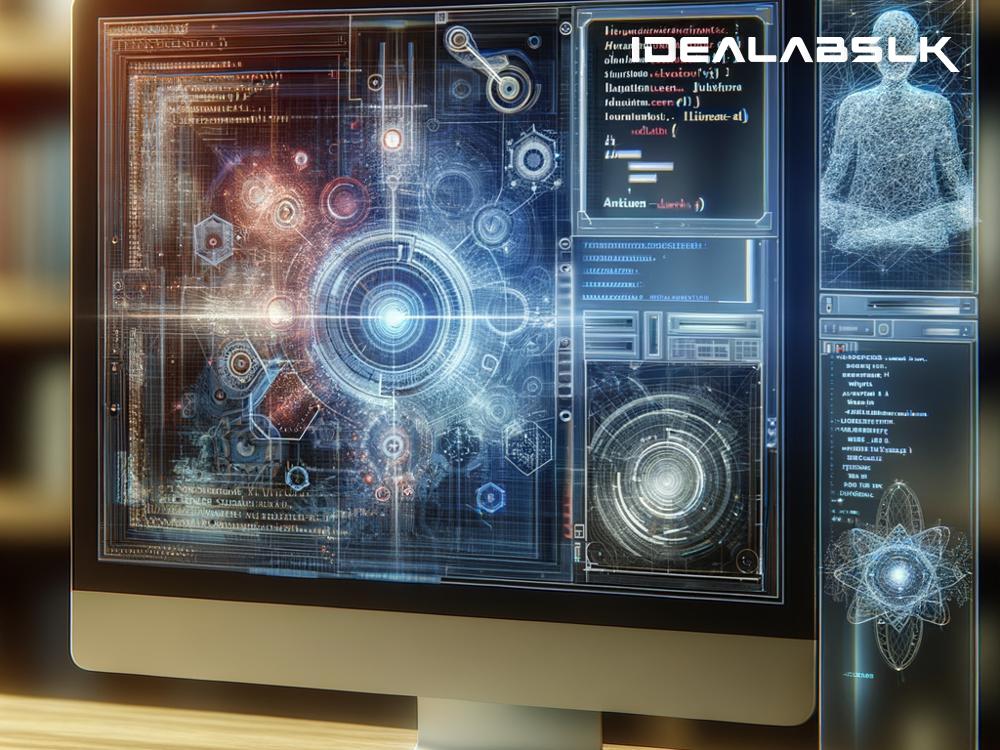Title: The Role of AI in Streamlining Design Work: A Simple Guide
In recent years, Artificial Intelligence (AI) has significantly transformed the landscape of numerous industries, and the field of design is no exception. From creating stunning graphics to drafting precise blueprints, AI has proven to be a game-changer in automating and enhancing design processes. Let’s unfold the role of AI in automating design tasks, making these processes not only faster but also more creative and efficient.
Simplifying the Complex World of Design
To begin with, design, whether it's graphic, interior, architectural, or web, involves a myriad of tasks - brainstorming concepts, drafting initial sketches, revising models, and finalizing the blueprint. Traditionally, each of these steps required extensive human effort, time, and creativity. However, with the integration of AI, many of these tasks have become more streamlined and less labor-intensive.
How AI is Changing the Game
1. Generating Ideas and Concepts
One of the first steps in any design process is to come up with ideas or concepts. AI tools, equipped with vast databases of design elements and principles, can generate numerous creative concepts within seconds. This not only speeds up the brainstorming phase but also provides designers with a broader range of ideas to explore.
2. Automating Repetitive Tasks
Several design tasks are repetitive and time-consuming, such as resizing images or applying certain effects. AI can automate these tasks, saving designers a considerable amount of time and effort. This allows designers to focus more on the creative aspects of their projects.
3. Enhancing Customization and Personalization
AI algorithms can analyze vast amounts of data about a target audience’s preferences and behaviors. This capability enables designers to create more personalized and targeted designs. For instance, in web design, AI can help create highly customized website layouts and content that resonate well with the website’s intended audience.
4. Simulating Real-world Scenarios
In fields like architecture and product design, understanding how a design interacts with the real world is crucial. AI-powered simulation tools allow designers to test their designs under various conditions and scenarios without the need for physical prototypes. This not only reduces the design cycle time but also promotes sustainable design practices by minimizing waste.
5. Error Detection and Correction
AI tools can quickly identify errors or inconsistencies in designs, which might take humans much longer to spot. For example, in architectural design, AI can detect potential structural issues or code compliance violations in the early stages of the design process, saving time and money on corrections later on.
The Future of Design with AI
As AI technology continues to evolve, its role in automating design processes is expected to expand even further. AI could enable more sophisticated personalization, generate more innovative design concepts, and improve collaboration among design teams by automating routine communications and updates.
There are, however, concerns that AI might replace human designers. While AI can automate many tasks, the unique human qualities of creativity, empathy, and intuition are irreplaceable in design. Instead, AI is better viewed as a tool that augments human capability, freeing designers from mundane tasks so they can focus on innovation and creativity.
Embracing AI in Design
For designers and design firms looking to stay competitive, embracing AI is imperative. Incorporating AI into the design process can lead to more efficient workflows, reduced costs, and enhanced creativity. Starting with simple AI tools for tasks like image editing or layout generation can be a good stepping stone.
Conclusion
The integration of AI in the design processes marks a significant leap towards more efficient, innovative, and personalized designs. As AI technology advances, its role in design is set to become more vital, offering exciting possibilities for the future of design. Embracing AI in design not only promises increased efficiency and creativity but also ensures that designers remain at the cutting edge of technological advancements. The collaboration between human designers and AI could redefine the boundaries of what's possible in design, making this an exciting time for both designers and those who admire their work.

